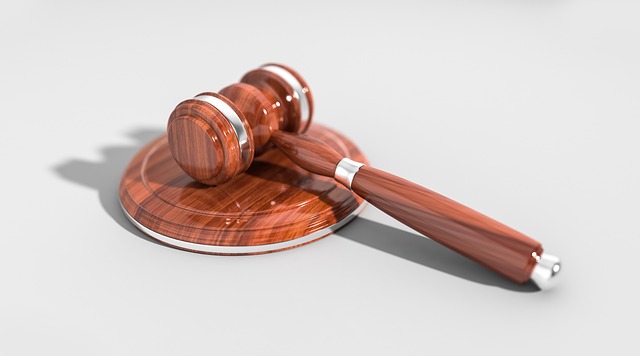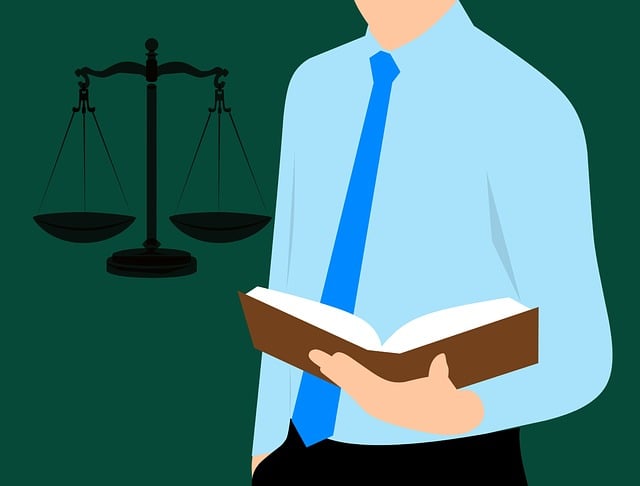Intellectual property (IP) infringement can have severe consequences, prompting creators and businesses to seek expert legal counsel from specialized IP lawyers. These professionals guide clients through complex patent, trademark, copyright, and trade secret laws. They assist in identifying infringements, establishing ownership, and proving fair use. By leveraging their knowledge, tools, and industry connections, IP lawyers develop tailored strategies, gather evidence, and present compelling cases to protect their clients' intellectual assets from legal challenges. Case studies demonstrate the effectiveness of their approach, as seen in favorable court rulings for a software company accused of copyright infringement and a fashion designer facing copying allegations.
Intellectual Property (IP) infringement defenses are a complex yet critical aspect of modern legal practice, particularly for businesses operating in an increasingly digital world. This article guides IP lawyers through understanding the fundamentals of IP infringement, exploring effective defense strategies, and reviewing key legal resources. We present real-world case studies showcasing successful IP infringement defense tactics, offering valuable insights for practitioners navigating these challenging cases. For any IP lawyer looking to enhance their defensive approach, this guide offers essential information.
- Understanding Intellectual Property Infringement: The Basics
- Strategies for Defending Against IP Charges
- Legal Rights and Resources for IP Lawyers
- Case Studies: Successful IP Infringement Defense Examples
Understanding Intellectual Property Infringement: The Basics

Intellectual property (IP) infringement occurs when someone uses, copies, or distributes copyrighted material, trademarks, patents, or trade secrets without the right or permission from the owner. It’s a serious concern for creators, inventors, and businesses as it can lead to significant financial losses and damage to reputation. An IP lawyer plays a crucial role in navigating these complex legal issues. They help clients understand their rights, take necessary actions against infringers, and protect their valuable assets.
The basics of IP infringement involve identifying the type of protected intellectual property at issue, establishing ownership, and proving that the alleged infringer has used or replicated the property without authorization. This can involve analyzing various factors such as similarity between the original work and the allegedly infringing one, the scope of use, and whether there’s any permission granted. An IP lawyer guides clients through this process, offering legal counsel tailored to their specific situation.
Strategies for Defending Against IP Charges

When facing intellectual property infringement charges, a robust defense strategy is paramount. The first step for any individual or business accused is to consult an experienced IP lawyer. Legal professionals specializing in this field can provide invaluable guidance tailored to the specific circumstances of the case. They help navigate the complex web of laws and regulations governing patents, trademarks, copyrights, and trade secrets.
An effective defense often involves a multi-faceted approach. This may include demonstrating that the accused did not infringe upon the alleged owner’s rights, proving prior ownership or use of the intellectual property, or showing that the allegedly infringing work falls under fair use provisions. An IP lawyer can assist in gathering evidence, constructing a compelling narrative, and presenting a strong case to challenge the infringement allegations.
Legal Rights and Resources for IP Lawyers

IP lawyers have a robust toolkit at their disposal when it comes to defending against intellectual property infringement claims. These legal professionals are well-versed in navigating complex laws and regulations designed to protect proprietary rights, such as patents, copyrights, trademarks, and trade secrets. They leverage their expertise to conduct thorough investigations, gathering evidence and analyzing the merits of each case individually.
One key resource for IP lawyers is access to specialized databases and search tools that enable them to swiftly identify potential infringements and assess the validity of intellectual property claims. Additionally, they often collaborate with experts in relevant fields to strengthen their cases. This strategic approach allows IP lawyers to mount formidable defenses, ensuring that rights holders receive fair protection while upholding the integrity of intellectual property laws.
Case Studies: Successful IP Infringement Defense Examples

In the realm of intellectual property (IP) law, case studies offer valuable insights into successful infringement defense strategies. One notable example involves a leading technology company that faced allegations of copyright infringement over its groundbreaking software. The company’s IP lawyer successfully argued that the accused work was not an original derivative but rather a reconfiguration of existing open-source code, available publicly. This nuanced legal argument, coupled with extensive documentation and expert testimony, led to the court ruling in favor of the technology giant, setting a precedent for future cases involving software copyright.
Another compelling case involves a fashion designer who created a unique pattern and was later accused of copying another designer’s work. The IP lawyer for the first designer presented a robust defense by demonstrating the distinctiveness of their pattern through historical records, design archives, and industry experts’ testimony. The court acknowledged the designer’s prior work and the unique nature of their pattern, ultimately dismissing the infringement claim. These successful defenses underscore the importance of thorough documentation, expert analysis, and a strategic legal approach in navigating intellectual property disputes.
Intellectual property (IP) infringement defenses are a complex yet vital aspect of modern legal practice, especially for IP lawyers. By understanding the basics, employing strategic tactics, and leveraging available resources, professionals can effectively navigate these challenges. The case studies presented offer valuable insights into successful defense mechanisms, equipping IP lawyers with tools to protect their clients’ rights and intellectual creations. This knowledge is essential in today’s digital landscape, where safeguarding proprietary information is more critical than ever.
